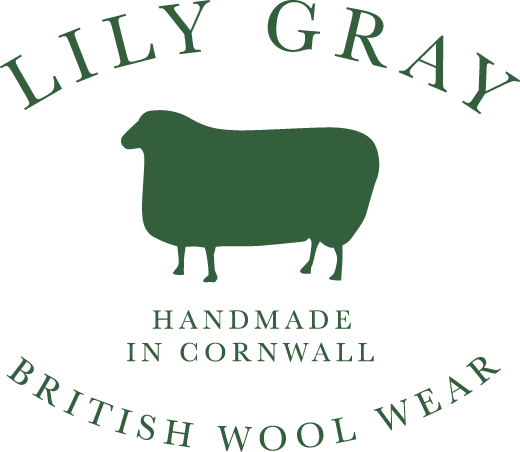The Wool
I started using Shetland wool because I was so neurotic about our freezing living conditions when I was pregnant. We were living in a damp house and all the cotton clothing I owned felt damp in the winter. I picked Shetland wool because I have family roots in Shetland and it was the only wool I really knew about. Warm. Soft. Sturdy. Waterproof. Shetland has a massive wool ‘tourism’ industry. If you want to read more about its history, click here for an interesting account.
I used to be worried that people wouldn't like it because it isn't soft like merino or lamsbwool. But I didn’t want to use Merino because as a breed they simply don't thrive in this country despite our repeated attempts to make them do so. I think there is one commercial flock in the UK but they aren’t suited to our wet climate and have to be kept inside more than native breeds). I really wanted to use proper British wool, grown on our soggy windy hills (I used to spend every spring lambing for farmers as a break from my day job, so I love sheep!) Cashmere and merino thrive in hot dry / cold snowy climates - not in our damp mild winters. 'British spun' means it is spun here but shipped thousands of miles from the southern hemisphere.
Over time I have become more and more committed to the Shetland and British wool. Sure, it's not for everyone but it is most definitely more robust, long lasting and weatherproof than the imported soft wool used by most brands. I buy merino base layers for wearing next to my skin in the winter, but it does fall apart rather quickly and 'softness' isn't high on my priorities when it comes to outerwear (jumpers and coats). I want it to work - to keep me warm and dry and to be able to simply brush any dirt off.
So there is a trade off between softness and durability. If you are highly sensitive to wool, only wear cashmere, I would suggest wearing a long sleeved top underneath, or simply not buying one.
I make two colour ways in the thicker, heavier shetland wool - these are perfect for cold houses, freezing mornings, being outside a lot or just one of those people who feel the cold. The other two colour ways and the tank tops are made from a thinner British wool - these are perfect for layering, wearing in the summer or for people that run hotter or live with a lot of central heating.
I am often asked if I will be releasing new colour sin January - I only do four colour ways every year between September and May - then I close for a few months and release new colours in September. There really is nothing wrong with British wool, it gets softer and softer with wear and should last for generations. All jumpers are made to order so please don't order one if you are one of those people who just can't wear wool as I don't offer returns.
